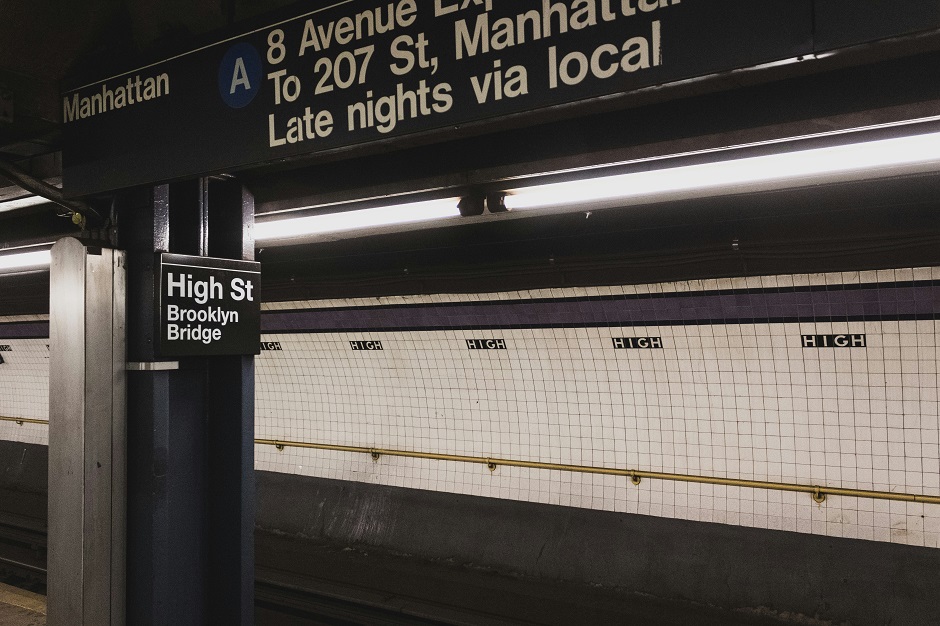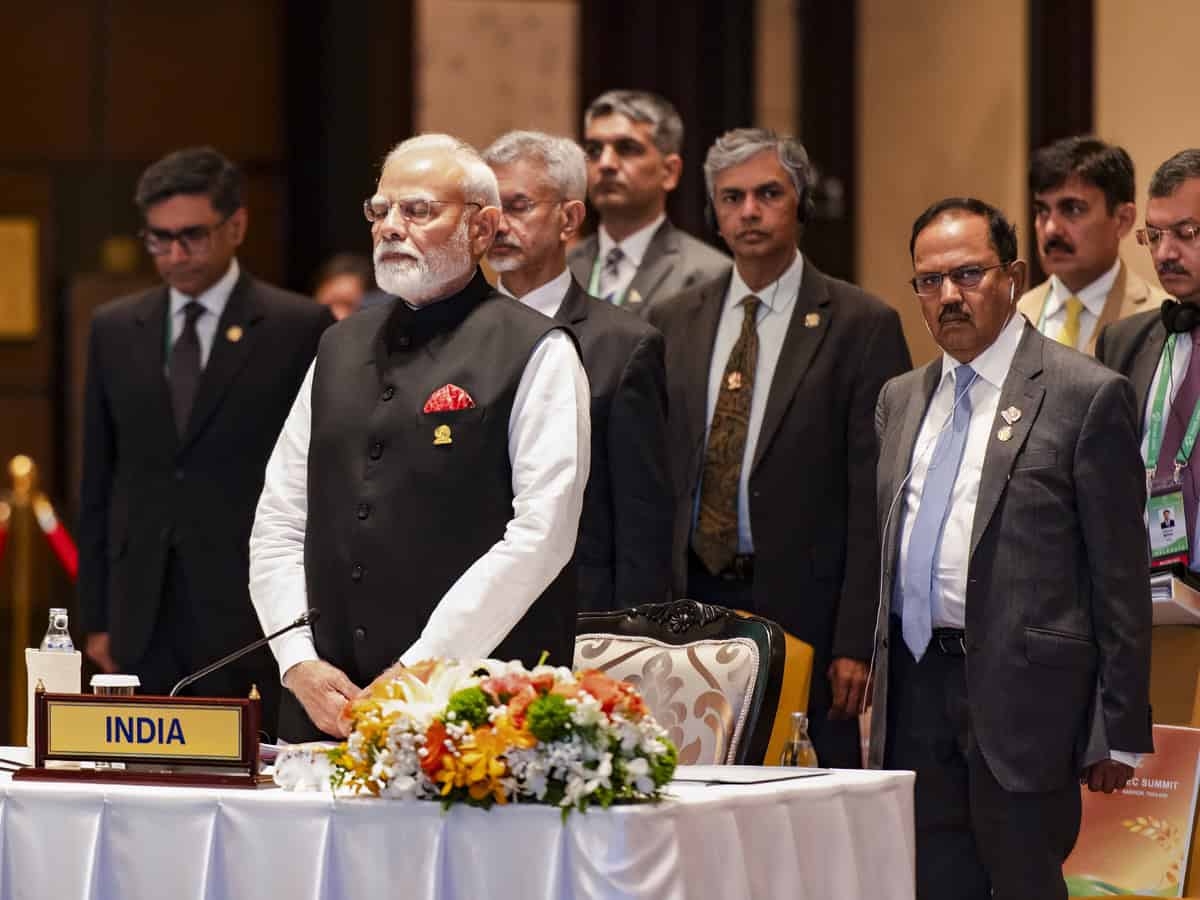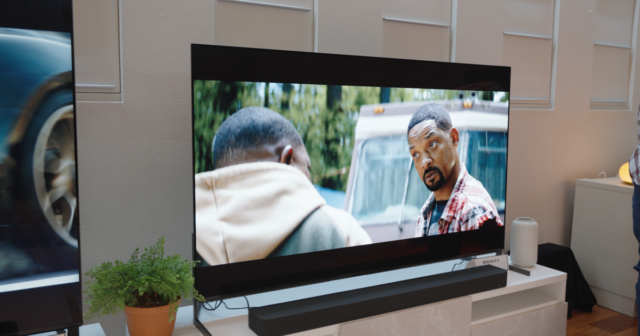The cat is out of the bag: Sony’s hottest new TV is a QD-OLED using the latest QD-OLED panel. However, the naming convention might seem a little confusing to anyone who follows TVs. Toss in the new Bravia 5 mini-LED, and Sony’s plans to unleash an RGB mini-LED TV in 2026, and things might seem even more perplexing.
It’s been about five weeks since I visited Tokyo with other journalists and creators to see the new TVs on the horizon, as well as learn about how making movies for the theater translates to watching them at home, and how making content meant to be viewed at home looks and sounds more cinematic than ever.
Let’s take a look at Sony’s latest TV moves and its lineup for 2025.
Bravia 3
Working our way up Sony’s lineup, the Bravia 3 (a carryover from 2024) is its most basic TV. It has a 60Hz panel and is direct-lit LED, which means no local dimming, and it gets fairly bright — about 500 nits or so in test patterns. What really sets it apart, and also makes it a bit more expensive than the competition, is its processing. However, the Bravia 3 doesn’t have great contrast because of its always-on backlight, which makes its LCD panel look a bit grey where it should be black.
If you’re a Sony fan who wants an inexpensive TV, go with the Bravia 3.
Bravia 5

The Bravia 5 (its street name), which is new for 2025, looks like a pretty big step up — at least on paper. It’s now Sony’s least-expensive TV with mini-LED backlighting, full array local dimming, and improvements in contrast and color. Sony hasn’t sent specs yet, but I think it has a 120Hz panel and it does support variable refresh rate, Dolby Vision, game mode, and all that good stuff. The model number will be something like 65XR50, or 55XR50 — the first number being the TV’s size in inches.
When it comes to brightness, it’s likely somewhere in the 1,300 to 1,500 nit peak brightness territory (I haven’t been able to measure it). It’s brighter than expected for its tier, and that brightness will likely make a lot of folks happy for the price of a Sony (I think Sony is hopeful that this TV will help get their brand into more homes).
The Bravia 5 suits those who want better contrast and more HDR punch than the Bravia 3 can deliver or those who do a fair amount of console gaming.
Bravia 7

The Bravia 7, which is also a carryover model from 2024, will already be familiar to TV enthusiasts. Frankly, if the Bravia 9 didn’t exist, the Bravia 7 could easily be a mini-LED flagship TV.
It does about 2,000 nits — putting it on the same level as the new Samsung QN90F — achieves about the same color gamut, is very accurate out-of-the-box in Professional mode, and is otherwise just a super clean TV. My only complaints: The contrast and color saturation drops off a bit in off-angle viewing and its anti-glare isn’t powerful enough.
All told, however, the Bravia 7 is a stellar TV.
Bravia 8 … and Bravia 8 Mark II

Above the Bravia 7 is the Bravia 8, a WRGB OLED TV that has competed against the likes of LG’s C-Series OLEDs — and that’s still the case for the time being. You’ll be able to buy the Bravia 8 at a great price in 55-, 65-, and 77-inch sizes.
However, there’s also the Bravia 8 Mark II. And this is where people might get a little confused.
Sony’s flagship premium OLED was once the A95L, which doesn’t fit into the new Bravia numeral naming convention. Many of us may think Sony’s stunning new QD-OLED TV is the flagship of its TV lineup. However Sony, like Samsung, does not see its best OLED TV as its flagship — for Sony, the Bravia 9 is its top-tier model.
For that reason alone, the new QD-OLED TV couldn’t be the Bravia 10 — that would suggest it was above the flagship Bravia 9. Therefore, Sony made it the Bravia 8 Mark II, delineating QD-OLED.
It’s not a tidy, sleek, or smooth way to go, but it works. This TV will get so much buzz that Sony could have called it whatever they wanted and the name would stick. However, there’s another reason it could never be the Bravia 10.
Bravia 9

Before we get to that, there’s the Bravia 9. Again, it’s from 2024, and I would argue the model carryover thing makes a lot of sense, even if enthusiasts find it less exciting than a new model number with marginally and frankly not-meaningful new performance specs.
First, like the A95L, the Bravia 9 had a late-in-the-year launch in some markets, so it’s still pretty new. Also, it’s such an awesome TV, there’s no reason to replace it. The Bravia 9 has earned the reputation of being the best mini-LED TV you can buy, and Sony is confident it will stay that way. Why replace something that’s already winning?
For me, carrying over the Bravia 9 makes sense, especially with what could be the Bravia 10 coming in 2026.
Bravia 10 … perhaps Bravia 11?

If Sony sticks to this product refresh cycle, we should see a new Bravia 3, new Bravia 7, and maybe a new Bravia 9, and hopefully an all-new Bravia 10 addition in 2026 — that’s where our RGB mini-LED comes in. It would be the flagship to end all flagships.
But what if this new RGB mini-LED TV actually came out as the Bravia 11? Looking at the current lineup, the Bravia 3, 5, 7, and 9 are all LCD TVs. The even numbers — just two of them now — are OLEDs. We know that other brands have 11s as their flagship … so, maybe skip 10 and go straight to 11? It doesn’t really matter, but it’s fun to think about and predict.
To wrap it up in a pretty present, we have Bravia 3 (entry level LED TV), the Bravia 5 (least expensive Sony mini-LED), the Bravia 7 (outstanding mini-LED), the Bravia 8 (a holdover WRGB OLED and the only way to get a 77-inch OLED from Sony), the hot new Bravia 8 Mark II (likely to become one of my favorite TVs ever), and the Bravia 9 (best mini-LED TV we’ve tested). And there’s the promise of an RGB mini-LED — possibly called the Bravia 10 or Bravia 11 — coming next year. That is a strong lineup.
The common denominator is Sony’s processing, which attempts to bring home exactly what creators want you to see — every little decision Sony XR processors make is centered around that goal. This makes sense because of all the TV brands, only Sony is operating on the opposite side of the content creation pipeline, making the cinema cameras and the micro-LED background walls, and the mastering monitors used on-location and in the editing and color-grading bays.
The “Sony Tax” explained
Something else that Sony showed me finally explains why it charges a bit of a “Sony tax.”
Not every Sony TV has a perfectly clean panel; variances exist because that’s just how manufacturing is. Sony’s TVs, unit for unit, tend to be cleaner and more uniform than the competition — I’ve been saying it for years. Now, thanks to an impressive demonstration in Tokyo, we know why.
On the production line, Sony TVs are rolled through a screen uniformity station. Here, a camera shoots the TV while it’s displaying a grey test pattern. The test pattern is designed to show where there may be uniformity issues such as dark and light grey splotches or lines, contributing to “dirty screen effect” where it looks like the screen is dirty, but it’s actually color and brightness variances coming from the LCD panel.

When the camera detects those uniformity issues, they are calibrated out — and it is amazing. Imagine a panel with a dark grey spot in the middle left section of the screen. The calibration lightens up that section to make it appear the same as the rest of the screen.
Sony demonstrated this by putting tinted film on the screen, which made some parts of the screen appear green and some red. After the calibration, the screen looked uniformly grey. To prove that the result was real (and not faked), we were allowed to lift the film to see that the color of the screen under those tint films had been changed so that the resulting color after going through the film was grey. What we saw under the film was like an orange or a green box, but through the film it was as if the film wasn’t there.
This calibration process raises the bar for screen uniformity on Sony TVs, not just with the premium models, but with all of the Bravias — even the Bravia 3.
It wasn’t just a cool demo, it was a reminder about the little things Sony has been doing for years to improve their TVs, ensuring they maintain that legendary look and quality. It takes more time and costs more money, which is why we’ll pay more for a Sony. Looking at Sony’s TV lineup now, and knowing where it is going in the future, I think it’s totally worth it.

















































